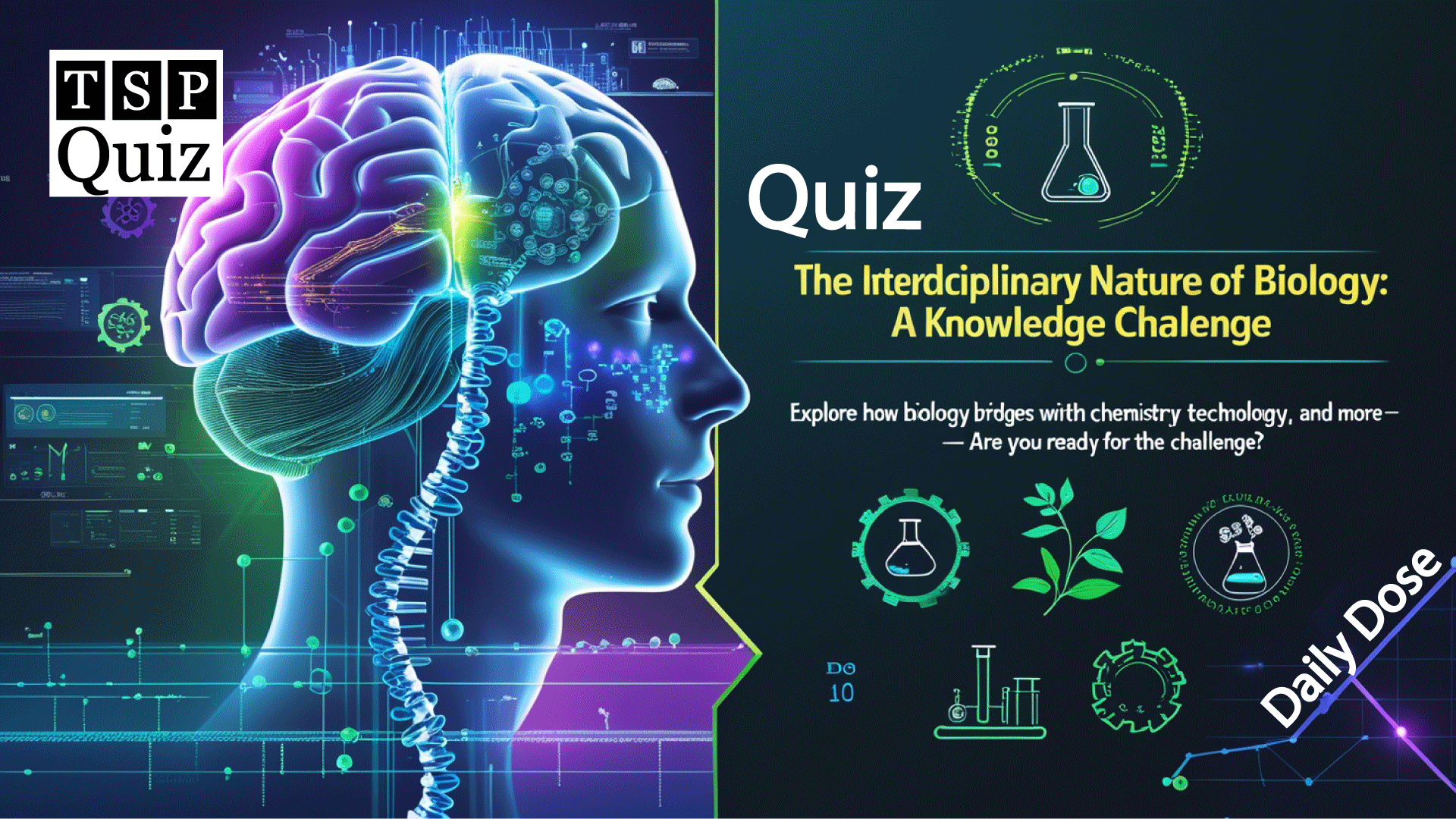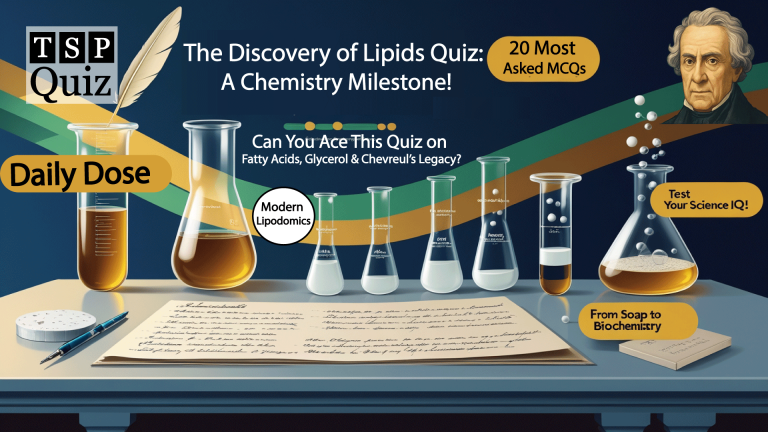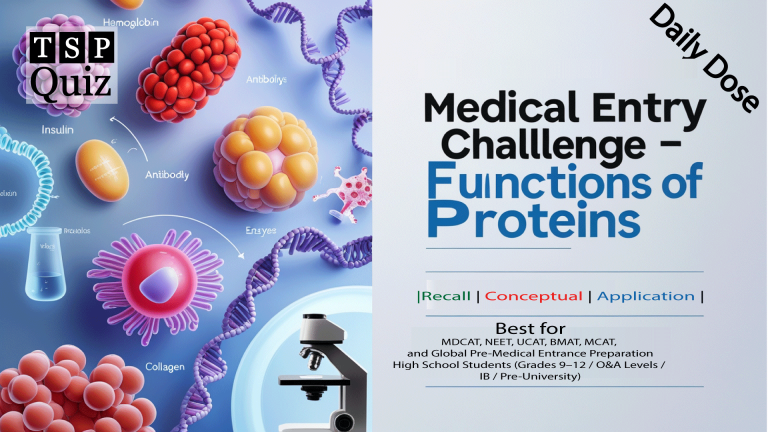Interdisciplinary Biology Quiz: Explore the Nature of Science Across Disciplines
Attempt Interdisciplinary Biology Quiz
est your knowledge of Interdisciplinary Biology with this quiz that connects concepts from physics, chemistry, computing, and environmental science!
Note: Click here to attempt and visit our more quizzes of Biology
Interdisciplinary Biology FAQs: Questions That Connect Sciences
What is the role of physics in understanding biological processes?
Physics plays a crucial role in explaining biological systems, from gas exchange in lungs (Boyle’s law) to MRI scans based on nuclear magnetic resonance. It also supports understanding neural transmission via electric potentials. This crossover helps decode complex life processes—bridging motion, energy, and matter across cells, tissues, and entire organisms.
How does biology connect with computer science in modern research?
Biology connects with computer science through bioinformatics, which uses algorithms and databases to interpret DNA, RNA, and protein data. It allows scientists to predict disease genes, personalize treatments, and even simulate entire biological systems. This integration accelerates discoveries in molecular biology, cancer research, and pandemic response—making coding a powerful tool in modern biology.
Why is population genetics considered interdisciplinary?
Population genetics combines biology, statistics, and mathematics to study how allele frequencies change over time. It’s vital for understanding evolution, tracking inherited diseases, and predicting population health trends. This interdisciplinary field helps connect Darwinian principles with genetic data, playing a central role in conservation biology, epidemiology, and human evolutionary research.
What are real-world applications of interdisciplinary biology?
Interdisciplinary biology drives innovations like CRISPR gene editing, artificial organs, and diagnostic biosensors. It fuses biology with engineering, physics, and chemistry to solve real-life health issues. These applications improve treatments for genetic disorders, design medical devices, and develop targeted drug therapies—proving that teamwork across sciences leads to better healthcare outcomes.
How do biology and environmental science work together in biotechnology?
Biotechnology leverages biology and ecology to engineer microbes that degrade plastics, treat waste, or clean oil spills. These eco-friendly applications merge genetics, microbiology, and environmental science to solve pollution problems sustainably. This synergy helps restore ecosystems, reduce industrial waste, and create greener technologies for a healthier planet.







